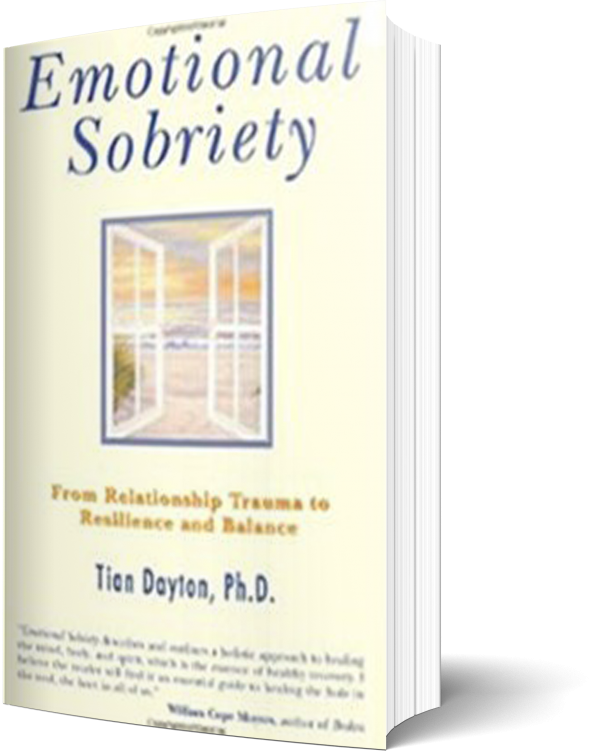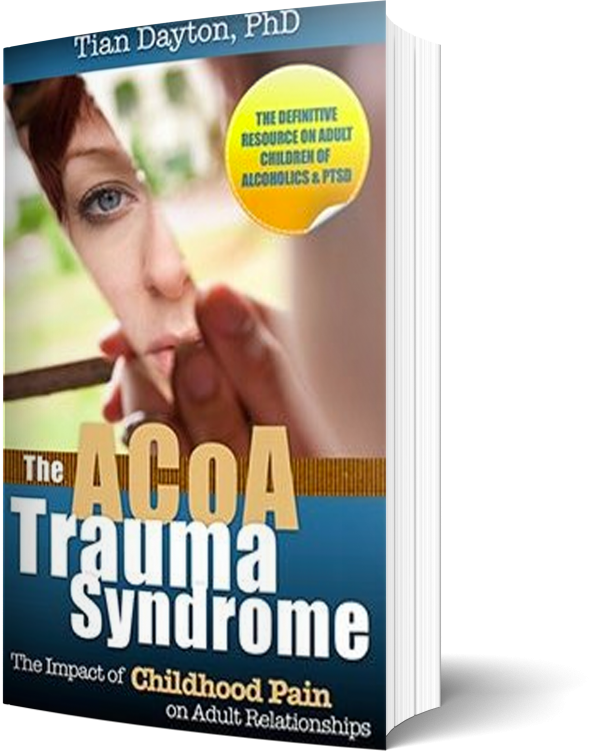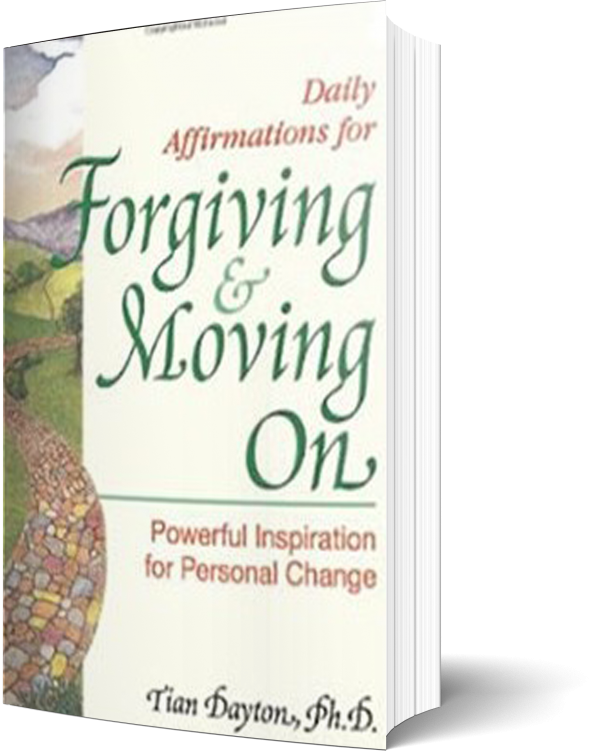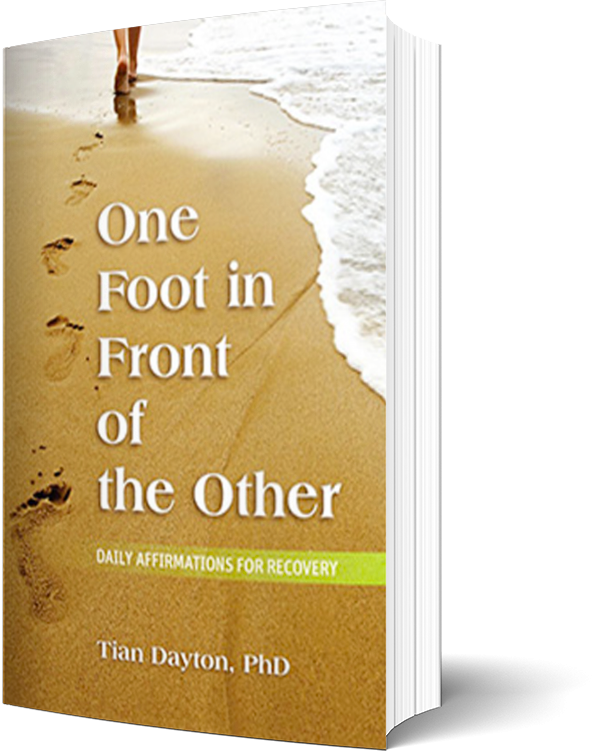“Do that thing that only you can do, that’s how to be successful as an artist,” says, Steven Lavine, president of California Institute of the Arts. “Especially in today’s economy it’s important to be entrepreneurial with your skill set and adapt to the environment in which you find yourself.”
Earlier this week I helped to host an event that welcomes new students to Cal Arts. I heard some things that I felt both moved by and motivated to pass along. It was inspiring to realize that this delicate balance between the freedom and passion an artist needs in order to create along with the discipline and self confidence to push projects through the myriad of obstacles any creative effort inevitably encounters, had actually been intentionally nourished and nurtured at my alma mater, all these years I thought I’d come upon it through my own trial and error!
Artists have long been confronted with the harsh reality that what they love passionately, doesn’t necessarily pay the bills, so they have had to learn to adapt their skills to what the market place might be looking for. Maybe the rest of us can take a page out of their books this year; if ever we needed to be creative and adaptive it’s now! Visioning and mobilizing a creative vision and hving the confidence to actualize it ,is what Cal Arts has long had to train its artists to do in order to survive in the workplace. As examples of this form of entraneurship, Lavine cited musicians who started a ring tone company and actors who use their performance skills to train business people in speaking and self presentation so that they can do their art freely on the side. He challenged other young artists to do the same, to think creatively and to be willing to adapt and reinvent themselves.
Daily we see actors appearing in add campaigns or moving from the silver screen to TV and stage. Or artists who apply their drawing skills to advertising events, imitating Toulouse Lautrec’s approach to keeping the wolf from the door by creating popular posters (now our art) advertising the goings on in Parisien society. Or writers who write what businesses need written so that they can work on their novels on the side. Film makers are working in the industry filming and editing so that they can produce their own original work and graphic artists design the trendy, arty imagery that floods our unconscious shaping and defining how we may see a product, person or event. This is how artists pay the rent and keep their creative spirits alive.
The inspiring thing about this is not only in the message that we can learn to use creativity to adapt but that there is, in fact, something inherently creative in the adapting process itself. Actualizing an inner vision is deeply satisfying whether that vision be a delicious dinner, a painting or a film. Creativity and actualization can even be their own reward. Taking this adaptive approach allows us to enter what Jane Austin referred to as “the healing waters of action.” Sometimes just getting up and getting going has a curative power. Psychologist Mihály Csíkszentmihályi, has spent years researching what he calls the “flow state” one that we enter when we are fully engaged in activity that is challenging enough to keep us engaged and manageable enough to enjoy. Athletes, artists, cooks, seamstresses and kids alike, anyone who enters this state in fact, can experience this deep sense of pleasure and integration taking place within them. After a flow” session, Csíkszentmihályi has found that people emerge feeling calmed, soothed, integrated and with a strengthened sense of self. Applying the principles of creativity, entrapreneurship and engagement can help us to, as they say, “grow from adversity”.
For further info on tiandayton.com





